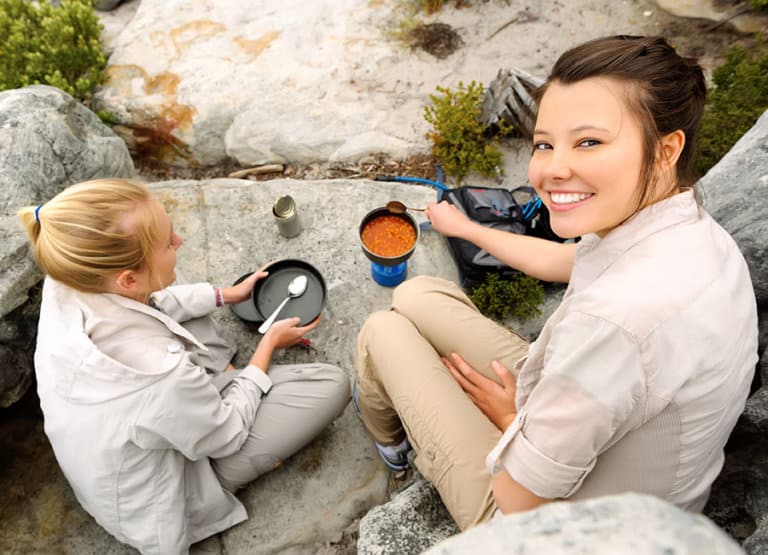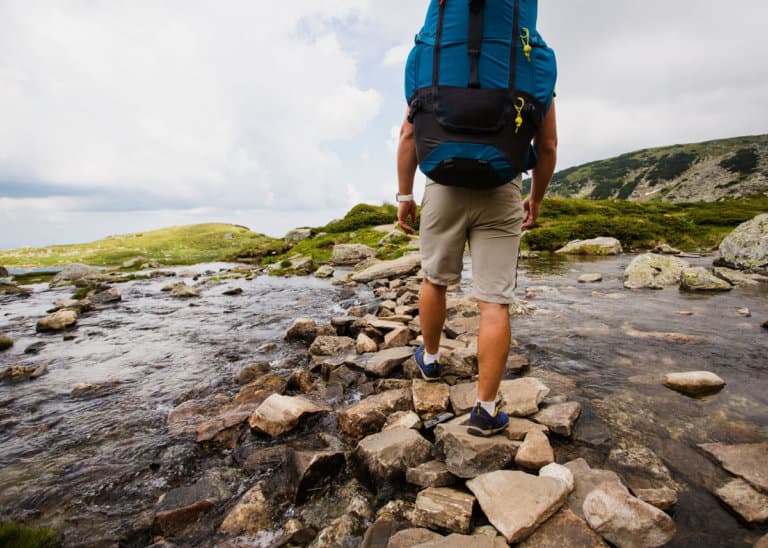Hammock vs Tent: 11 Reasons Hammocks Are Better for Camping
If you’re heading out on a camping trip, it can be a tough decision. Which is better: hammock vs tent?
Hammocks are better than tents. They are lighter, set up quickly, are more comfortable, and allow more versatile campsites. And because they don’t touch the ground, hammocks impact the environment less (Leave No Trace).

Hammock vs Tent: 11 Reasons Hammocks are Better
Hammock camping is a great alternative to sleeping in a tent on the ground.
Here’s why.
1. Less gear
Hammock camping is definitely not about minimalism, although granted it is a lot easier than a tent and you can carry a lot less.
If you are hiking for several days, you will find the gear you need for hammock camping decreases considerably compared to tent camping. This makes them a great idea for walk-up camping as well.
Hammock camping is fantastic because you can accessorize your hammock depending on where you are camping and what the weather is like.
- If it is warm and the bugs are out, you can bring your hammock and a mosquito net.
- If it’s raining, you can bring your hammock and a tarpaulin.
- If it’s snowing, you can bring the hammock, a heavy-duty tarpaulin, a pad, and a winter sleeping bag.
2. Set up and pack up quickly
Although it is true that as a seasoned camper, you can get very skilled at tent set up and packing, a hammock is that much easier and taking the ground factor out can mean that the variables you have to consider are nearly nil.
You will find that once you get the hang of pitching your hammock, the whole process is much simpler and shorter than pitching a tent.
As long as you can find two appropriate trees, you can set them up in exactly the same way and will have the same restful sleep every night.
3. Actually get a good night’s sleep
If you give hammock camping a go, you will realize that it is not only easier than putting up and taking down a tent, but it is also much more comfortable!
Millions of people around the world sleep in hammocks every night, particularly in South and Central America.
And once you know how to sleep properly in a hammock, you may experience for the first time returning from camping feeling refreshed, rather than craving a proper night’s sleep.
When sleeping in a tent, the quality of your sleep beyond the quality of your gear is related to the area of ground you choose to set your tent up on.
You may find a piece of ground free from rocks or twigs, but the compromise might be that it is on a slight slope. It is very rare to find a piece of land completely perfect for sleeping on.
With a hammock, you never have to worry about this at all because you are sleeping in the air!

4. A hammock is more than a place to sleep
A hammock provides you with a place to lounge, meaning there is no requirement to pack a camping chair of any kind.
You can set it up right by the campfire and spend time sitting, swinging, and lounging during the day, and then use it to sleep in during the night.
Children often love hammocks at campsites and use them as swings, reading nooks, or secret sharing zones.
Here’s how to build a campfire in 6 ways.
5. Four Reasons Hammock Sleeping is Good For Your Health
Hammocks have been shown to provide health benefits that traditional sleeping does not offer.
These benefits include:
- Improved blood circulation (as your head is raised slightly)
- Stress reduction (because of the rocking motion)
- Better focus (the swaying triggers your pre-frontal cortex which improves your ability to focus)
- Helps muscle aches (due to zero pressure points)
6. More campsite options!
With the ability to set up anywhere between two weight-bearing trees, this suddenly opens up your campsite options!
In the busy summer months when you might be trekking and appear at a busy campsite in the early evening, you might be accustomed to searching for an appropriate ground space because all the good spots are taken.
With a hammock, your campsite options are almost limitless as long as there are trees. This also helps if you are someone who craves…

7. Solitude
With the option to set up almost anywhere, you can leave to the outer edges of a campsite and avoid the hustle and bustle of the busy camping season!
8. LNT (Leave No Trace)
If you like to practice LNT and avoid leaving an impact on the environment around you when you camp, a hammock is an ideal way to practice this.
Because you are suspended above the ground, you will not crush or damage any vegetation while you sleep; another reason to sleep easy!

9. Access to water
With the option of setting up almost anywhere, you can set up camp near to natural water sources even if the terrain around them is unsuitable for normal tent camping.
This makes it easier to access water and means that you can listen to the babbling brook as you drift off to sleep.
10. More all weather
Hammocks can easily be set up when the ground is water-logged. Although tents have waterproofing when things get very wet you often wake up cold and damp.
With the correct setup, you can remain snug and dry in your hammock no matter the weather. With the use of a tarp and an underquilt, you can stay dry and avoid heat loss in colder weather.
Some campers even love to go hammock camping in winter.
11. You’ll get more use from a hammock
Unless you have small kids, it’s unlikely that you’ll set up your hammock at home, and just use it for fun.
As The Manual rightly states, a hammock is also “a fun place to sit around, read a book, or take a nap and a comfortable place to sleep under the stars.”
Even when camping, a hammock provides a great seating area during the day.

Your Turn
Are you a hammock camper? I would love to hear your tips and experiences.
Planning to go hammock camping? Please let me know what factors you considered when choosing between a hammock vs tent.






